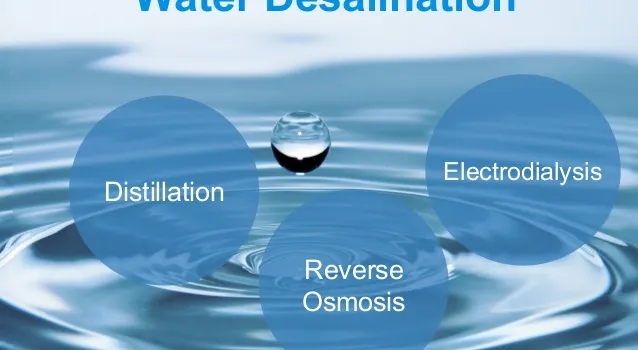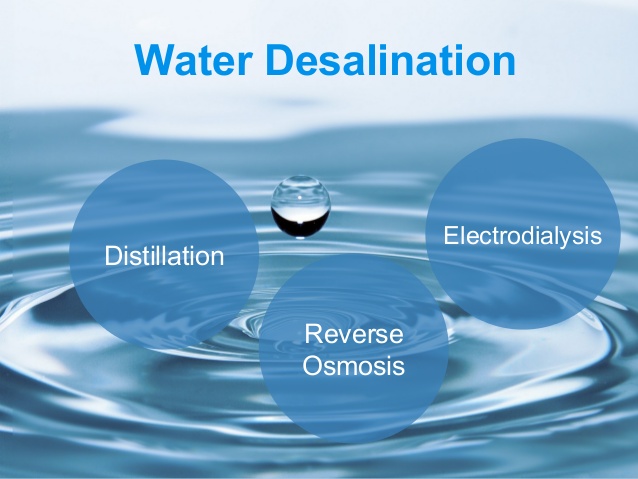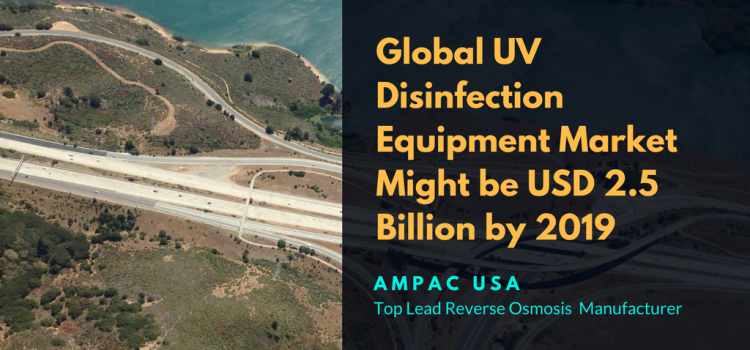Desalination, also popularly known as desalting, is the process of removing salt from the ocean water to convert it into a fresh water source. The water which is desalinated can be used for various purposes like drinking, industrial, commercial and agricultural use.
Why can’t Desalination be used on a large-scale?
- Desalination is a highly efficient and effective method to convert salted water into pure and fresh drinking water but is also highly energy intensive. So, it becomes quite difficult to consider it on large-scale. For this reason, other options are considered before choosing desalination as a solution to the water crisis issue in a region. The agencies, governments, and authorities always consider drilling wells, installing treatment plants and using conservation methods before actually going for seawater desalination to provide the population with the fresh and pure water.
- Another reason for not opting desalination as a solution when it comes to providing water supply on a large-scale is money. There are things which make desalination process an expensive one. There are cases where water needs to be treated before the process of desalination takes place. This will require equipment, manpower, and facilities as well, which makes water expensive. Thus, aside from consuming a great deal of energy desalination is also a costly process.
Despite its huge cost, removing salts from seawater is still used in many countries which have no fresh water source available. However, with the technology advancement, renewable sources of energy such as solar power and the wind have become more affordable. Further, this reduces some of the cost incurred in the process of desalination.
In how many ways Desalination is done?
There are many different ways in which the process of desalination can take place but the most common ones are reverse osmosis and distillation.
Distillation: Distillation is the process of boiling seawater and collecting condensed water, which is pure and has left salts and other minerals behind. In this process, when water is boiled the vapors are made, which evaporate, condense and get collected as water droplets in an outlet. This water which is collected in the outlet has left all the salts behind and has now become pure and clean to be used for drinking and other commercial purposes.
Reverse Osmosis: Reverse osmosis is a highly effective process for purifying water but is also energy intensive, which makes it an expensive process. It uses pressure and semi-permeable membrane to desalinate water to make it usable for drinking, agricultural, commercial, industrial and other purposes. As we know, osmosis a naturally occurring process in which a solvent and a solution equalize across a semi-permeable membrane. It does desalination of seawater as the solvent flows from the less concentrated water to a more concentrated one until equilibrium is reached. Reverse osmosis works in the other way by applying pressure to the salted water, which pushes the water molecules to the less concentrate side and produces fresh and clean water to drink.
Electro Dialysis (ED): is a membrane process, during which ions are transported through semi-permeable membrane, under the influence of an electric potential. The membranes are cation- or anion-selective, which basically means that either positive ions or negative ions will flow through.










